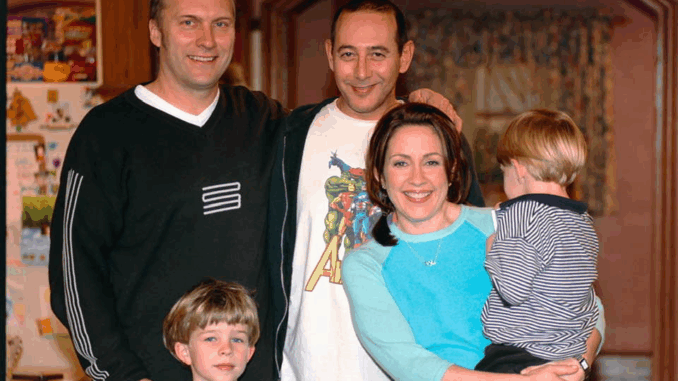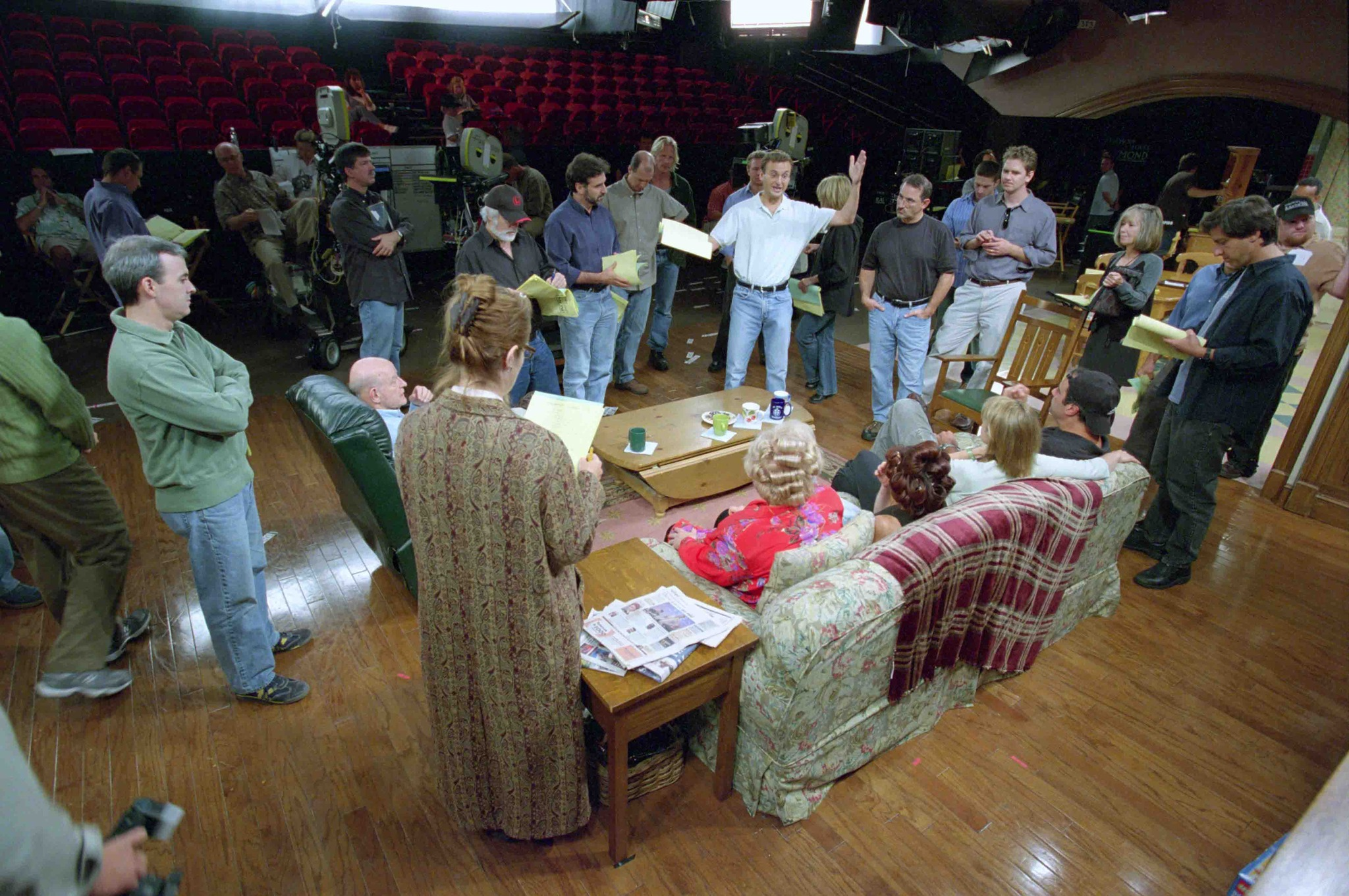
Nearly two decades after its final episode aired, Everybody Loves Raymond still finds a way into living rooms—and hearts—across the world. But what makes a sitcom that ended in 2005 still feel so fresh, relatable, and funny? Let’s take a deep dive into what gives Everybody Loves Raymond its staying power and why audiences keep coming back for more.
A Slice of Real Family Life
Unlike many sitcoms of its time that thrived on zany antics and unrealistic setups, Everybody Loves Raymond leaned hard into the ordinary—and that’s exactly what made it extraordinary. It’s not a show about big moments. It’s about the little ones: passive-aggressive in-laws, kids refusing to eat dinner, and arguments over who left the suitcase on the stairs.
The show’s creator, Phil Rosenthal, and lead actor Ray Romano based much of the material on their actual families. The result? A show that felt more like eavesdropping on a real suburban family than watching TV.
Characters That Felt Like People We Know
One of the most brilliant things about the series was its cast of flawed, lovable, and maddeningly human characters.
-
Ray Barone: The well-meaning but often clueless husband who just wants peace.
-
Debra Barone: The intelligent, overworked wife trying to hold it all together.
-
Marie Barone: The meddling mother-in-law with a heart of gold and a grip of steel.
-
Frank Barone: The sarcastic, emotionally distant father who loves in his own way.
-
Robert Barone: The jealous older brother, constantly living in Ray’s shadow.
Each character was exaggerated just enough to bring the laughs, but never so much that they stopped feeling real.
Writing That Aged Like Fine Wine
Good writing is timeless. Everybody Loves Raymond didn’t rely on topical humor or gimmicks. The jokes were rooted in character and situation, which means they still land today, no matter how much the world has changed since the ’90s.
A lot of the episodes followed a simple formula: one small family problem spirals hilariously out of control. But it’s the sharp dialogue and layered performances that kept it from feeling repetitive.
Humor That Didn’t Need a Laugh Track
Yes, Everybody Loves Raymond did use a live studio audience, but the humor never felt forced. The situations were so familiar, the audience’s laughter often echoed our own. It was observational, dry, and often painfully honest—the kind of humor that sneaks up on you because it feels too close to home.
It Balanced Heart and Humor Beautifully
The show never shied away from emotional honesty. Whether it was Frank begrudgingly expressing pride in Robert, or Debra breaking down from the weight of it all, Everybody Loves Raymond had heart. It didn’t overdo the drama, but it gave just enough to remind us that this family, while dysfunctional, truly loved each other.

Universal Themes That Still Hit Home
The show tackled themes like:
-
The power struggle in marriage
-
Sibling rivalry
-
In-law interference
-
Parenting woes
-
Communication (or lack thereof)
These themes are as relevant today as they were in 1996. Whether you’re a newlywed, a seasoned parent, or someone with an overbearing mother, there’s something in Everybody Loves Raymond that mirrors your own life.
No Need for Flashy Trends
Some shows age poorly because they chase trends—be it fashion, music, or slang. Everybody Loves Raymond steered clear of that. The clothing was average. The setting was modest. The stories were evergreen. That restraint is part of what makes it feel timeless.
It Got Better With Age
While many sitcoms lose steam after a few seasons, Everybody Loves Raymond arguably got better. By the time it hit seasons 4–7, the chemistry was electric, the writing was razor-sharp, and the character arcs deepened. Unlike shows that outstay their welcome, Raymond bowed out on top, ending at season 9 when it was still beloved and creatively strong.
Rewatchable, Comforting, and Still Hilarious
In today’s world of binge-watching, Everybody Loves Raymond offers the perfect “comfort food” TV. You can jump in at any episode, get a laugh, and not feel obligated to remember long-term plots. It’s episodic in the best way—like flipping through a photo album where every snapshot makes you chuckle.
Why Younger Audiences Are Watching It Now
Surprisingly, Everybody Loves Raymond has found a second life with younger viewers. Whether through streaming platforms or reruns, people who weren’t even born when it aired are falling in love with the Barone family. Why? Because the struggles—marriage, parents, siblings, and growing up—are universal. Gen Z may not use landlines or watch baseball, but they definitely understand the passive-aggressive warfare of Sunday dinner with the family.
The Cast Made It Work
While the writing was brilliant, the cast made it unforgettable:
-
Ray Romano’s subtle expressions and timing
-
Patricia Heaton’s razor-sharp delivery
-
Peter Boyle’s gruff wisdom
-
Doris Roberts’ hilarious micromanaging
-
Brad Garrett’s heartbreaking insecurity
Their chemistry wasn’t just acting—it was lightning in a bottle.
It Never Tried to Be Cool—And That’s Cool
Part of the charm of Everybody Loves Raymond is that it never tried to be anything other than what it was. It wasn’t flashy. It didn’t chase big ratings gimmicks or celebrity cameos. It stuck to its formula—and trusted that its audience would stick with it. And they did.
Behind the Scenes, It Was Just as Real
The love and tension we saw on-screen were reflected behind the scenes. The writers’ room was filled with real-life stories from the cast and crew. That’s why the show felt so lived-in. It wasn’t manufactured—it was remembered.
Its Impact on the Sitcom World
Everybody Loves Raymond paved the way for more grounded family sitcoms like The Middle and Modern Family. It reminded producers and networks that you don’t need wild premises or overly quirky characters to make people laugh. Sometimes, you just need honest storytelling, solid characters, and a little sarcasm.
Conclusion
The enduring appeal of Everybody Loves Raymond comes down to one simple thing: it’s real. The laughs, the arguments, the awkward moments—they all come from a place of truth. That’s why the show still resonates today. Whether you’re watching it for the first time or the tenth, it continues to feel fresh, honest, and funny.
It’s not just a sitcom. It’s a mirror held up to our own families—with better punchlines.
FAQs
1. Why do people still love Everybody Loves Raymond?
Because it’s timeless. The show’s themes of marriage, parenting, and family struggles are universal and still incredibly relatable.
2. Was the show based on Ray Romano’s real life?
Yes, much of the material was inspired by Ray Romano’s family, particularly his relationship with his brother and parents.
3. Did the show end on its own terms?
Yes, Everybody Loves Raymond ended after nine seasons while still being a top-rated show. The creators wanted to finish while the quality was high.
4. Where can I watch the show now?
It’s available on multiple streaming platforms and cable reruns, making it easy to enjoy at any time.
5. Did the actors remain close after the show ended?
Yes, the main cast has stayed in touch and spoken fondly of their time on the series. Their chemistry on screen was genuine.
